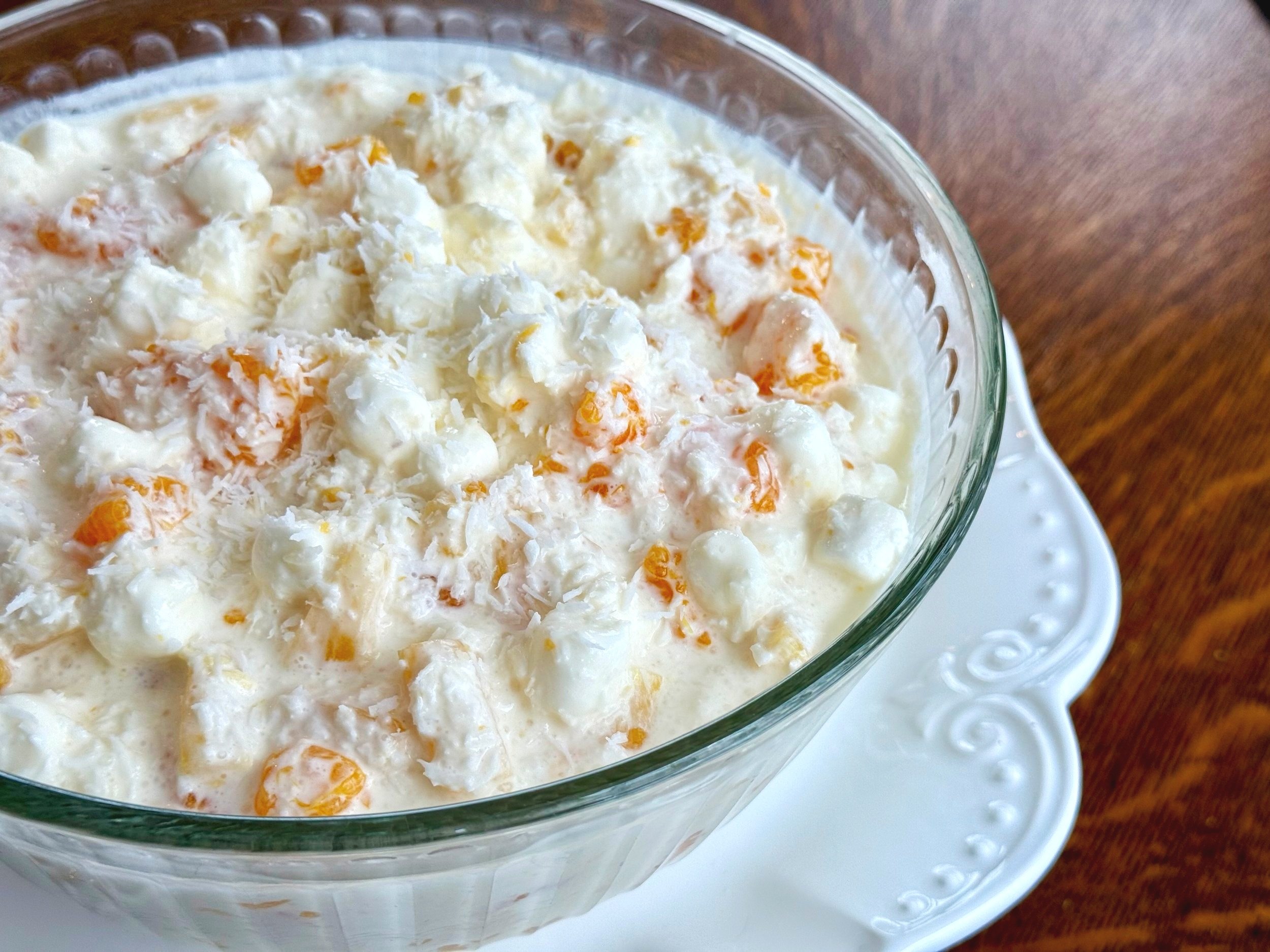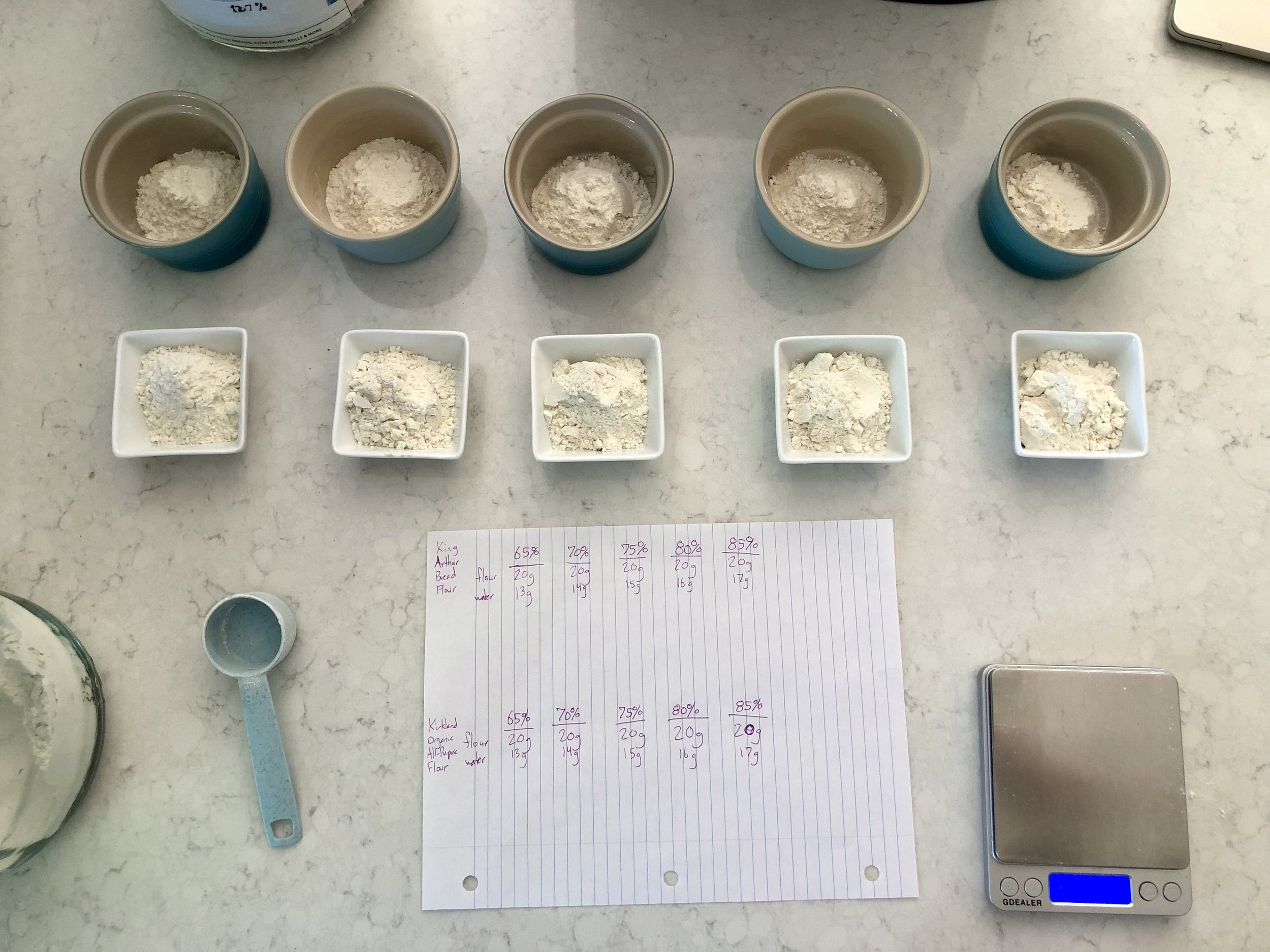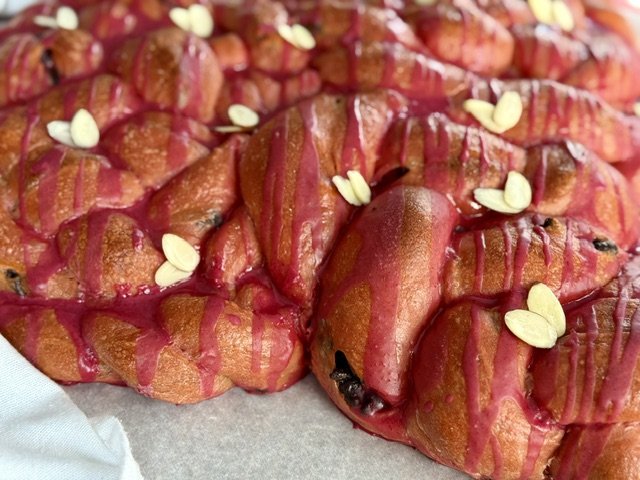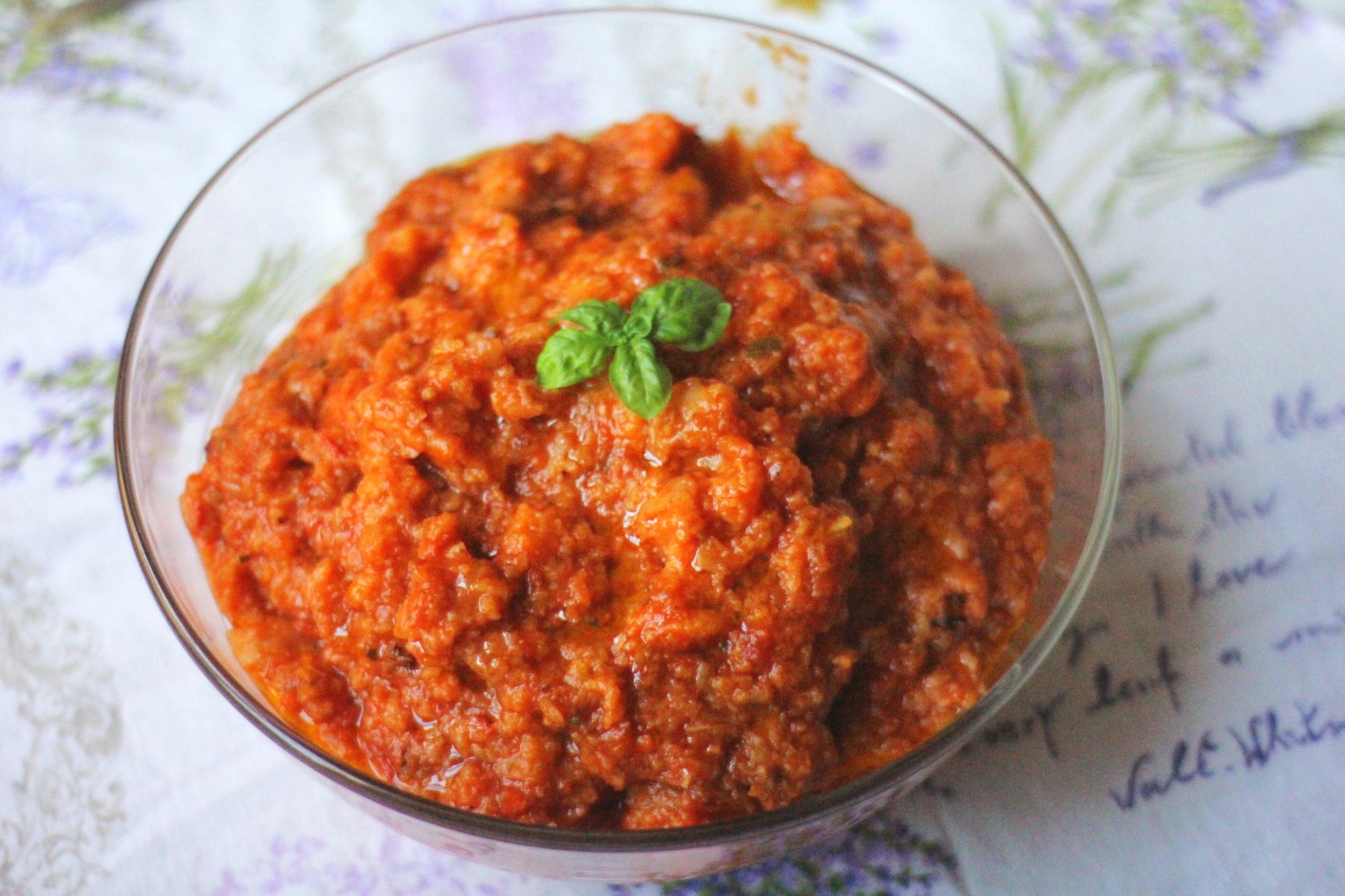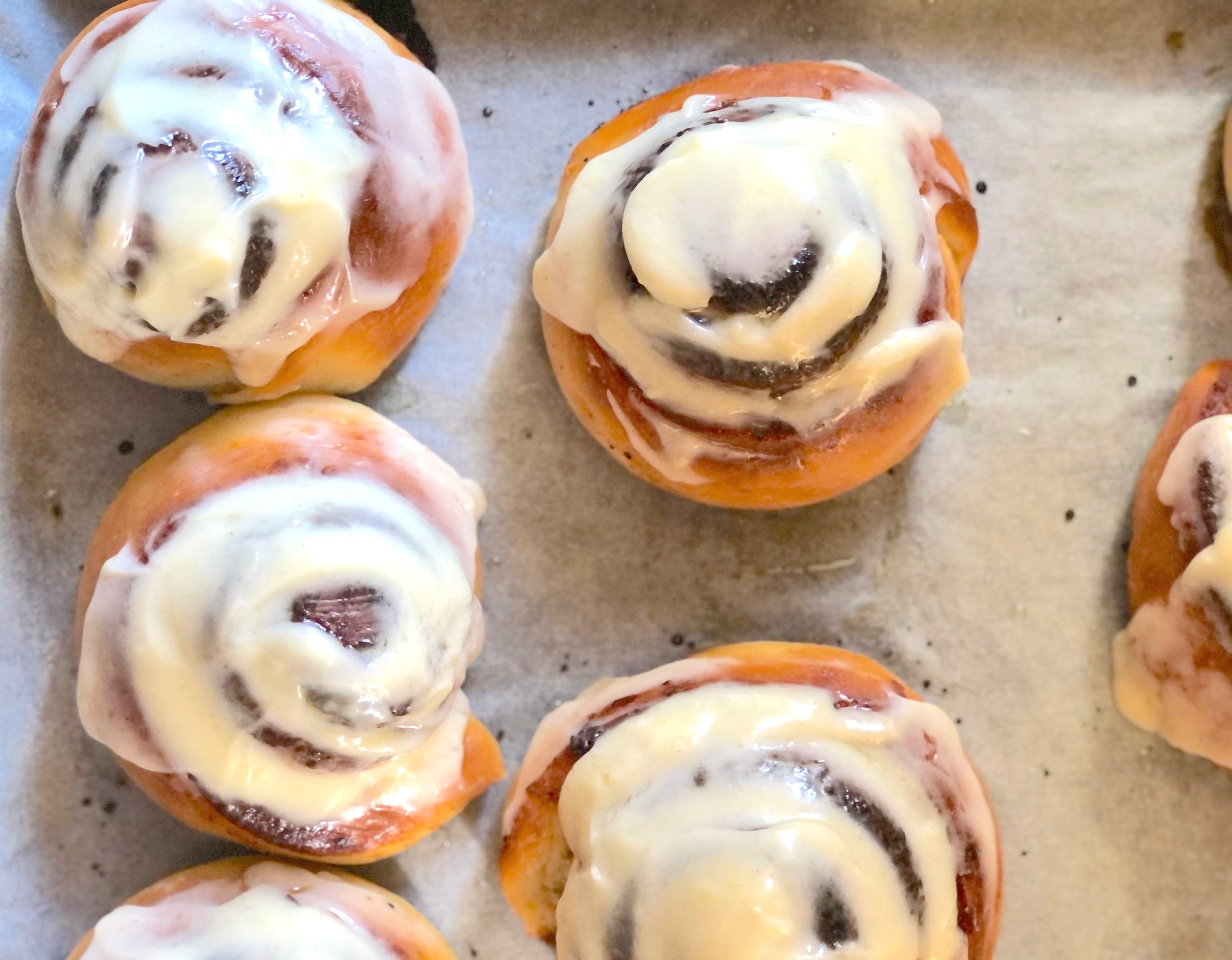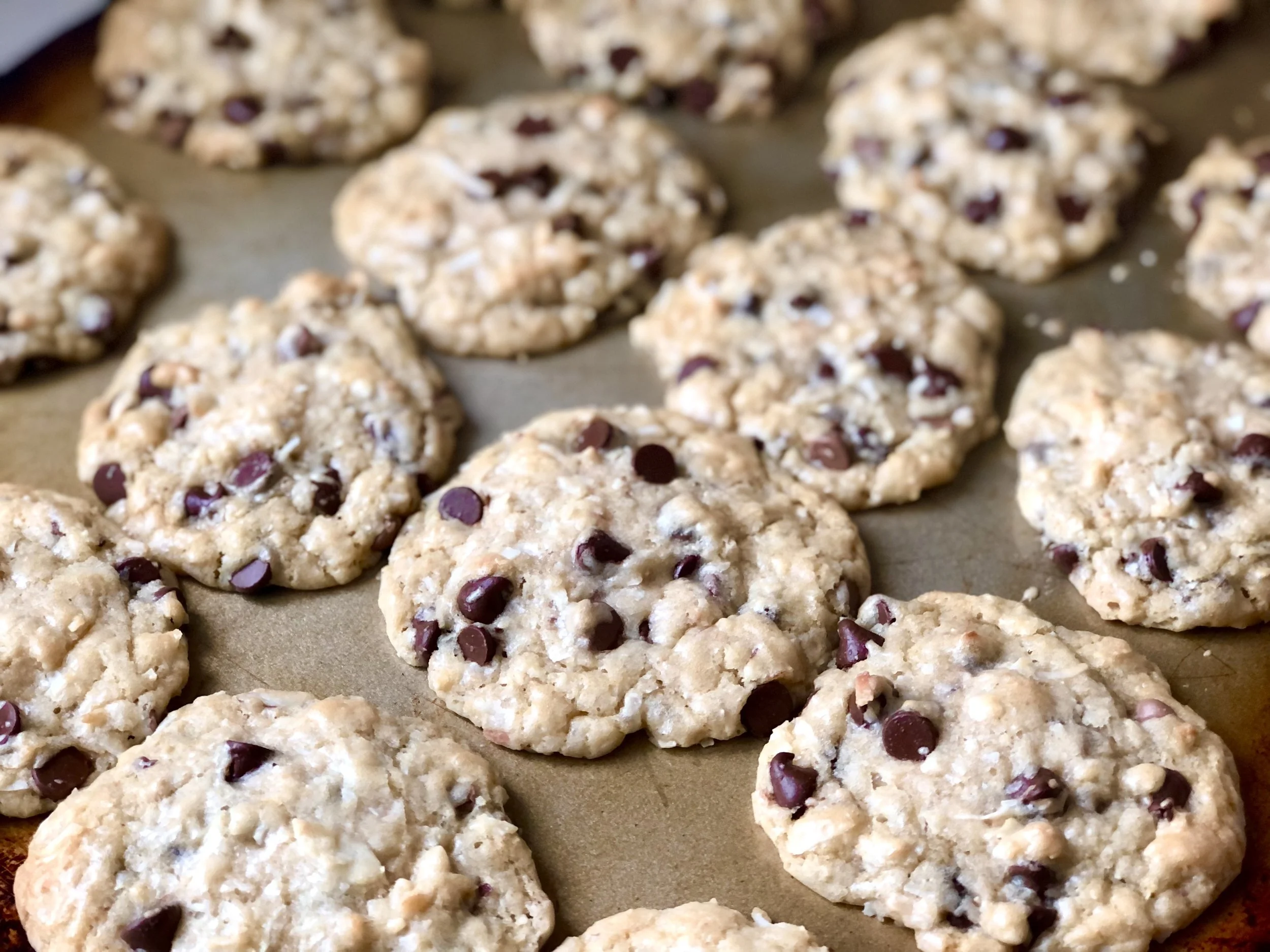Chicken and Green Bean Stir Fry
/Something about chicken and green bean stir fry has always been a favorite of mine from Chinese restaurants, buffets, etc. The ever crisp green beans, little bites of chicken, and a perfectly savory and salty sauce.
I’ve tried a few recipes over the years, peeked at some others. Nothing has quite come close to Chinese takeout. Until this recipe. Maybe my downfall was tending to avoid recipes with fish sauce and oyster sauce, since I didn’t always have those on hand, and generally didn’t have a favorable impression of those sauces. I mean, it’s sauce made from fish. Or oysters.
The first time I made this, I purposefully didn’t tell my family what was in it. Everyone liked it. In fact, we liked it so well (kids and all!), that we actually had to BUY another bottle of fish sauce and oyster sauce because we ran out instead of them expiring first. Between this recipe and my new favorite Pad Thai recipe, we have to keep the the fish sauce in stock!
While no one loves recipes that use specialty ingredients rather than pantry staples, there are certain specialty Asian ingredients I’ve started keeping on hand, even if they’re for just 1 or 2 recipes, because they’re just that good. The ingredients usually keep for a long time, even once opened, so there is rarely waste. This recipe, to my mind, has three of such specialty Asian ingredients: fish sauce, oyster sauce, and chilli bean paste/gochujang. Partly in thanks to this recipe, I always have those three things on hand.
Use Quality Ingredients
Part of the secret to this recipe to take it from “really good” to “amazing” is using authentic, quality ingredients, especially fish sauce and oyster sauce. Instead of just buying the cheapest grocery store fish sauce and oyster sauce, it’s worth it to splurge and get some good ones. If you look at the ingredients of some of the cheaper ones, you probably wouldn’t want to buy them anyway. Oyster sauce especially can contain caramel color, MSG, modified cornstarch, and more.
If you would like a recommendation for our favorite fish sauce, check out Red Boat Fish Sauce.
For our favorite oyster sauce, check out Megachef Premium Oyster Sauce. It’s made from real oysters, not just “oyster flavor”, no MSG, no added color, and it’s gluten-free.
For our favorite soy sauce, check out Ohsawa. It’s authentic Japanese soy sauce, the kind that is fermented and has actual health benefits for you.
Chilli Bean Sauce is another one of those Asian ingredients that can be so easily confused with others. If you’re having trouble distinguishing it from other “pastes”, “Chilli this or that”, or “Fermented Bean this or that”, here is what you’re looking for.
This recipe does have a bit of spice to it. Whether you choose to use Chilli Bean Paste or Gochujang, both add a kick, although I’m sure some brands are spicier than others, as with curry pastes and such. I usually do scant Tablespoons of Chilli Bean Paste or Gochujang to keep the spice mild for my kids. They don’t complain but may ask for an extra glass of water during dinner, haha.
This post may contain affiliate links. If you make a purchase using these links, Jennyblogs may receive a small commission, at no extra cost to you. This helps to support Jennyblogs. Where possible, links are prioritized to small businesses and ethically and responsibly made items. For further information see the privacy policy. Grazie!
Recipe by Jenny, inspired by Taste Asian Food
Chicken and Green Bean Stir Fry
Serves 3-4
Ingredients:
For the Chicken
1 lb. chicken breasts, cut into bite-sized pieces
2 Tbsp / 34g soy sauce
2 tsp / 5g cornstarch
For the Sauce
2 Tbsp / 34g soy sauce
2 Tbsp / 36g oyster sauce
2 Tbsp / 28g water
2 tsp / 10g sesame oil
2 tsp / 10g fish sauce
For the Stir-Fry
2 Tbsp / 28g neutral-flavored cooking oil
6 cloves garlic, minced
2 Tbsp / 36g Chilli Bean Sauce or Gochujang
1 lb / 454g green beans, washed and cut into bite-sized pieces
Rice, for serving
Directions:
Marinade the Chicken
In a medium bowl, combine chicken, soy sauce, and cornstarch until chicken is evenly coated. Allow to sit for at least 15 minutes.
Make the Sauce
In a small bowl, whisk together all sauce ingredients; set aside.
Stir-Fry
In a large cast iron pan or wok, heat about a tablespoon of oil over medium heat.
Cook the chicken, stirring occasionally until cooked (internal temperature of at least 165°F / 74°C). Remove chicken from pan and set aside.
Add about another tablespoon of oil to pan. Add garlic and chilli bean sauce and cook until fragrant, about 1 minute.
Add green beans and cook for about 5 minutes, until tender yet crisp. Add water as necessary to keep from cooking too dry.
Add sauce and chicken, bring to a simmer.
Remove from heat and serve over rice. Enjoy!

Chicken and Green Bean Stir Fry
Tender bites of chicken and crispy green beans in a savory, salty sauce that is just as good or better than takeout!
Ingredients
Instructions
- In a medium bowl, combine chicken, soy sauce, and cornstarch until chicken is evenly coated. Allow to sit for at least 15 minutes.
- In a small bowl, whisk together all sauce ingredients; set aside.
- In a large cast iron pan or wok, heat about a tablespoon of oil over medium heat.
- Cook the chicken, stirring occasionally until cooked (internal temperature of at least 165°F / 74°C). Remove chicken from pan and set aside.
- Add about another tablespoon of oil to pan. Add garlic and chilli bean sauce and cook until fragrant, about 1 minute.
- Add green beans and cook for about 5 minutes, until tender yet crisp. Add water as necessary to keep from cooking too dry.
- Add sauce and chicken, bring to a simmer.
- Remove from heat and serve over rice. Enjoy!
Nutrition Facts
Calories
388Fat
17 gSat. Fat
2 gCarbs
22 gFiber
5 gNet carbs
18 gSugar
11 gProtein
38 gSodium
2282 mgCholesterol
97 mgNutritional info is approximate, based on 3 servings, not including rice







